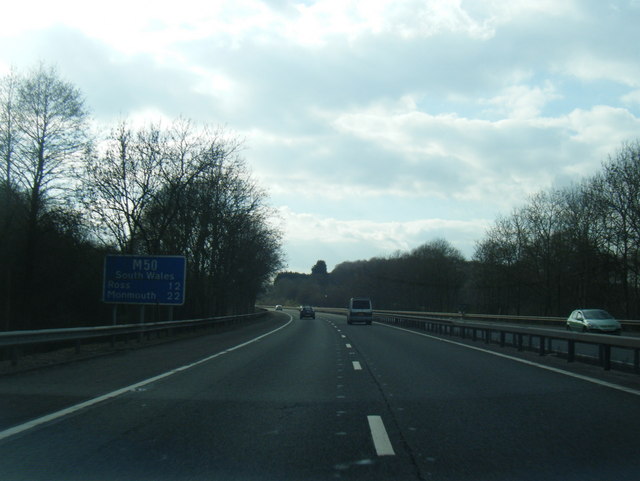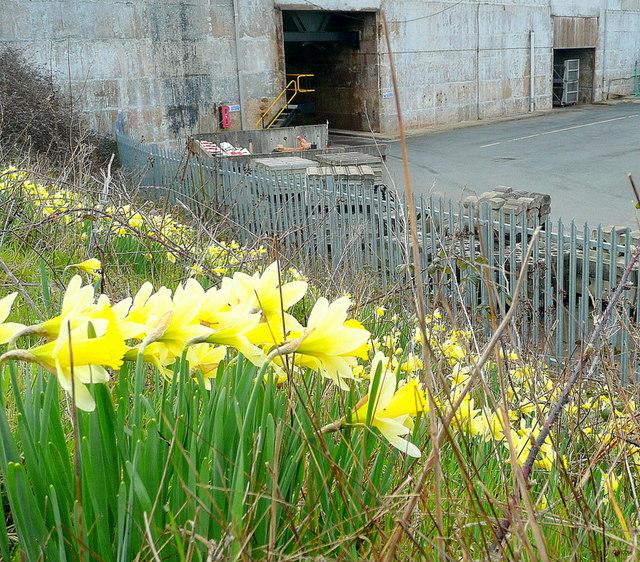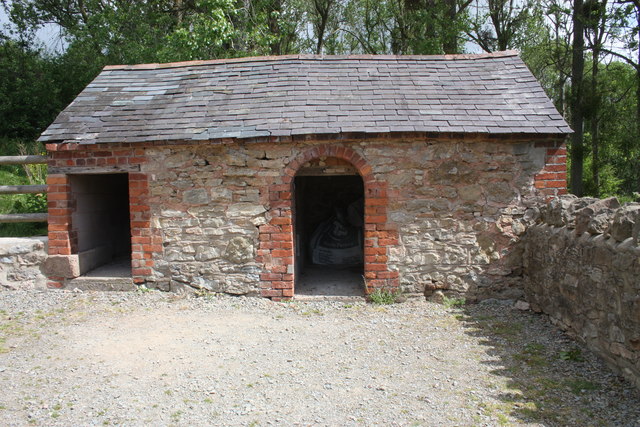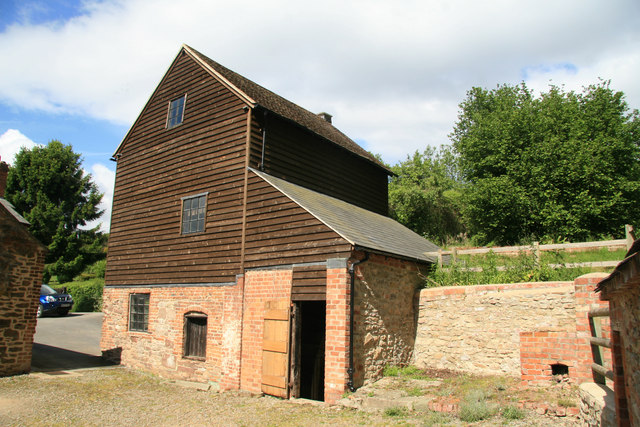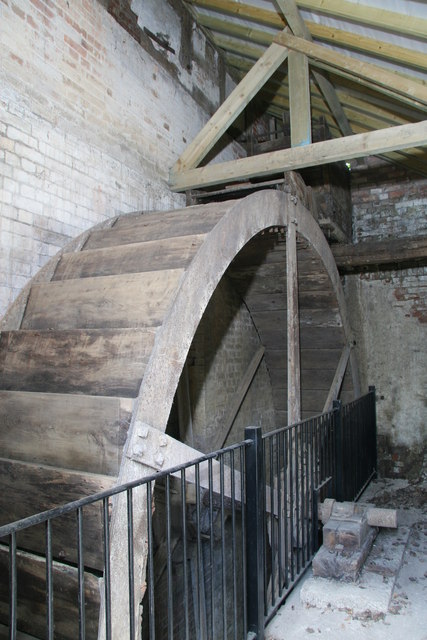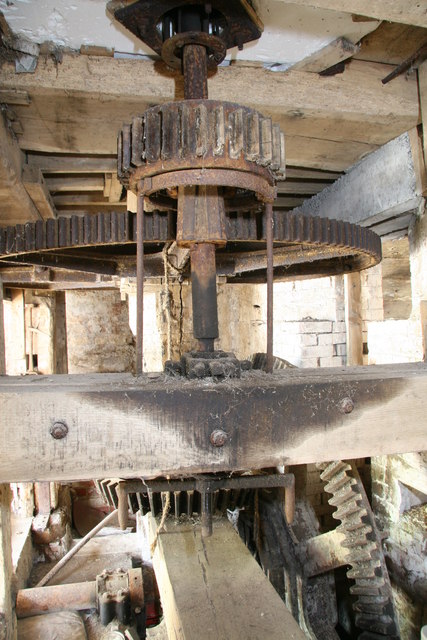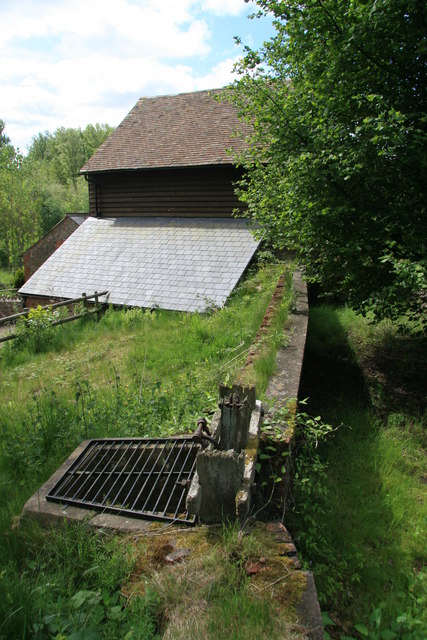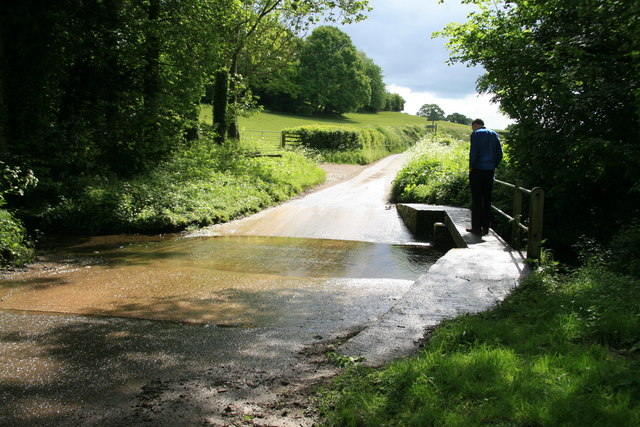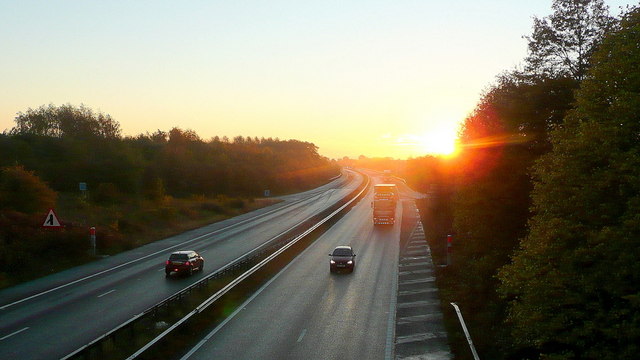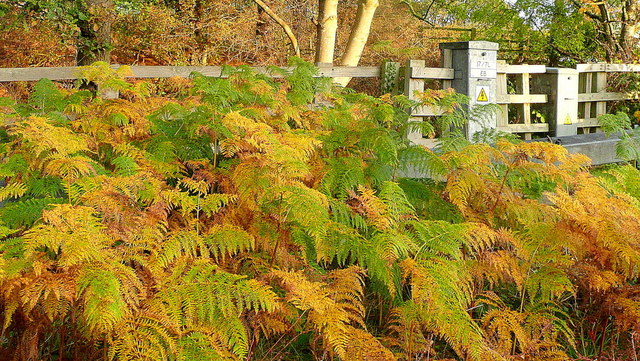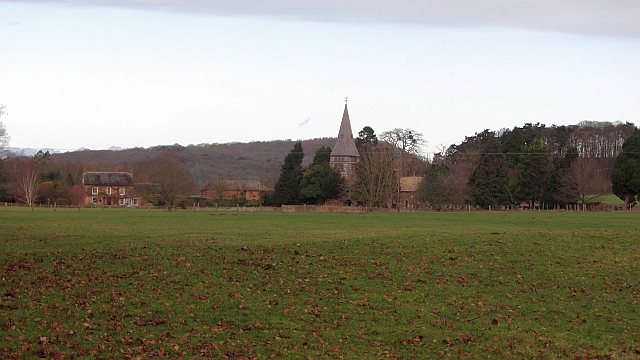Bromesberrow
Settlement in Gloucestershire Forest of Dean
England
Bromesberrow
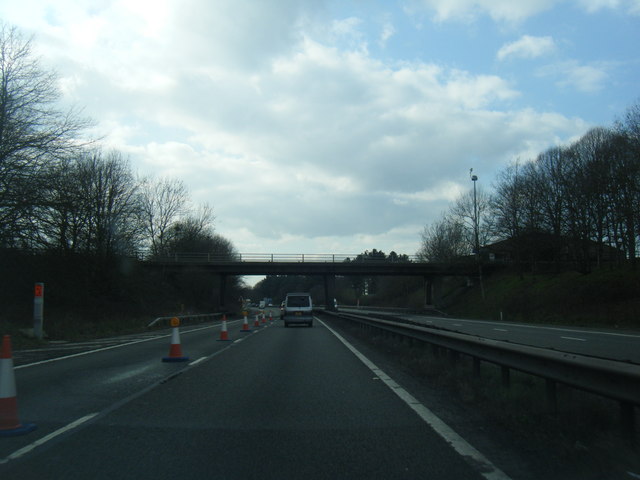
Bromesberrow is a small village located in the county of Gloucestershire, England. Situated in the picturesque countryside of the Tewkesbury borough, it is surrounded by rolling hills and lush green fields. The village is situated approximately 12 miles east of the city of Gloucester and about 5 miles west of the town of Tewkesbury.
With a population of just over 200 residents, Bromesberrow is a close-knit community that exudes a tranquil and idyllic atmosphere. The village is characterized by its charming stone-built cottages, many of which date back several centuries, giving it a timeless and traditional feel.
The heart of the community lies in St. Mary's Church, a beautiful medieval church that stands proudly at the center of the village. The church serves as a gathering place for the locals and is known for its stunning stained glass windows and historical significance.
While Bromesberrow is primarily a residential area, it is also home to some local businesses, including a farm shop that offers fresh produce and locally sourced products. The surrounding countryside provides ample opportunities for outdoor activities such as hiking, cycling, and horse riding, making it a haven for nature enthusiasts.
Overall, Bromesberrow offers a peaceful and charming retreat from the hustle and bustle of city life. Its quaint beauty and close community spirit make it a truly special place in the Gloucestershire countryside.
If you have any feedback on the listing, please let us know in the comments section below.
Bromesberrow Images
Images are sourced within 2km of 52.0051/-2.3685769 or Grid Reference SO7434. Thanks to Geograph Open Source API. All images are credited.
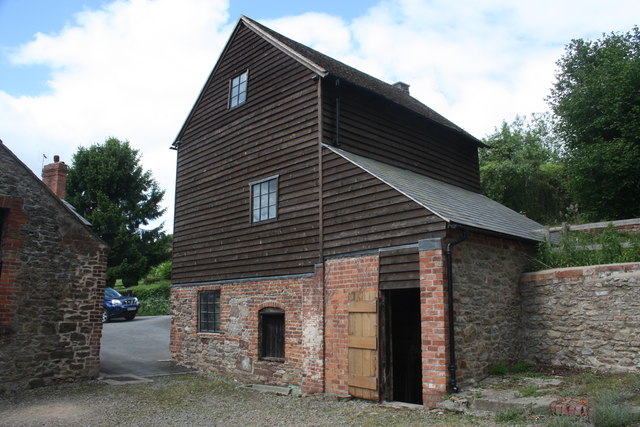
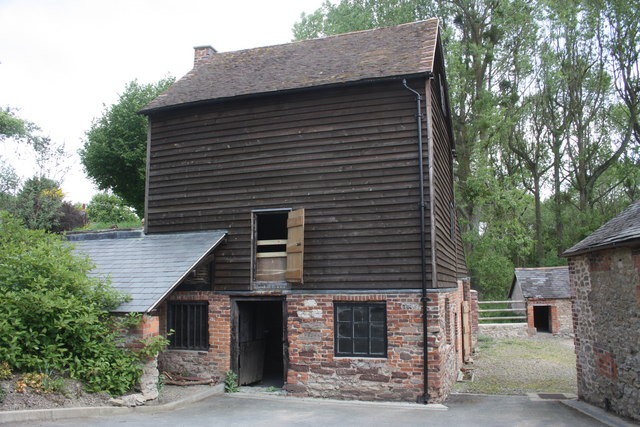
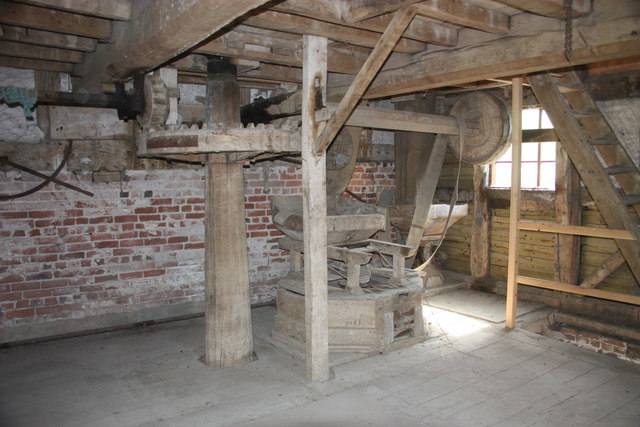
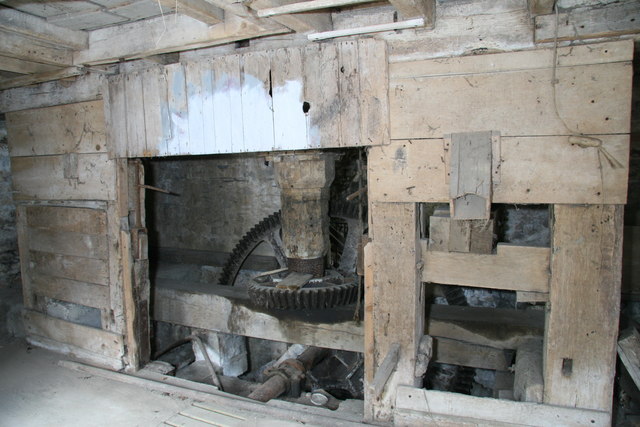
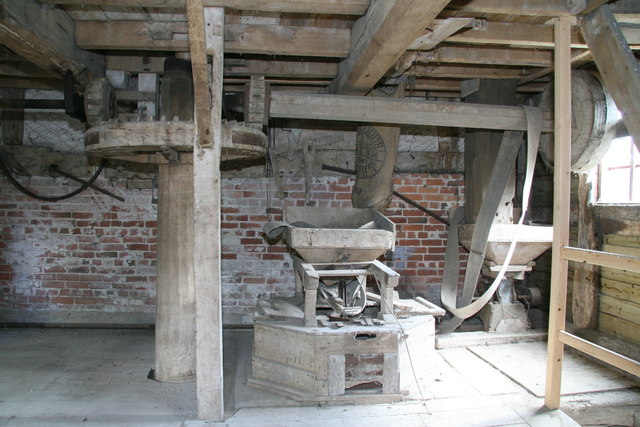
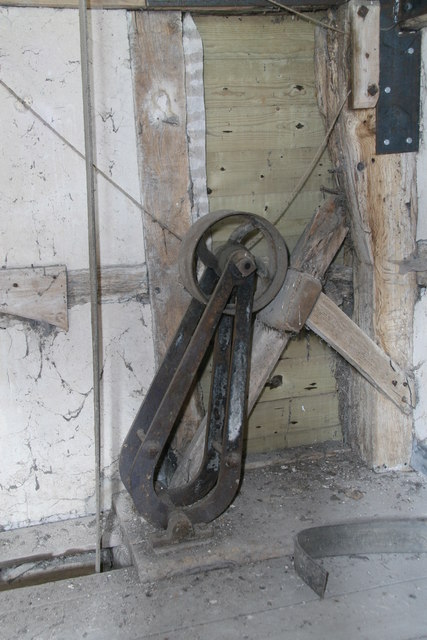
Bromesberrow is located at Grid Ref: SO7434 (Lat: 52.0051, Lng: -2.3685769)
Administrative County: Gloucestershire
District: Forest of Dean
Police Authority: Gloucestershire
What 3 Words
///metals.trim.defectors. Near Donnington, Herefordshire
Nearby Locations
Related Wikis
Bromsberrow
Bromsberrow (or Bromesberrow) is part of the Forest of Dean district. The village is close to the meeting point between Gloucestershire, Herefordshire...
Whiteleaved Oak
Whiteleaved Oak is a hamlet in the English county of Herefordshire, lying in a valley at the southern end of the Malvern Hills between Raggedstone Hill...
Three Counties (Gloucestershire, Herefordshire and Worcestershire)
The Three Counties of England are traditionally the three agrarian counties of Gloucestershire, Herefordshire and Worcestershire.Including towns and cities...
Raggedstone Hill
Raggedstone Hill is situated on the range of Malvern Hills that runs approximately 13 kilometres (8 mi) north-south along the Herefordshire-Worcestershire...
Redmarley D'Abitot
Redmarley D'Abitot is a civil parish and village in the Forest of Dean district, Gloucestershire, South West England. In addition to the village of Redmarley...
Eastnor Castle
Eastnor Castle, Eastnor, Herefordshire, is a 19th-century mock castle. Eastnor was built for John Cocks, 1st Earl Somers, who employed Robert Smirke, later...
Bronsil Castle
Bronsil Castle was a fortified manor house about 1 mile (1.6 km) to the east of Eastnor in Herefordshire, England near Ledbury). It is a Grade II* listed...
Hollybush, Worcestershire
Hollybush is a small village in Worcestershire at the southern end of the Malvern Hills and close to the borders of both Gloucestershire and Herefordshire...
Nearby Amenities
Located within 500m of 52.0051,-2.3685769Have you been to Bromesberrow?
Leave your review of Bromesberrow below (or comments, questions and feedback).
